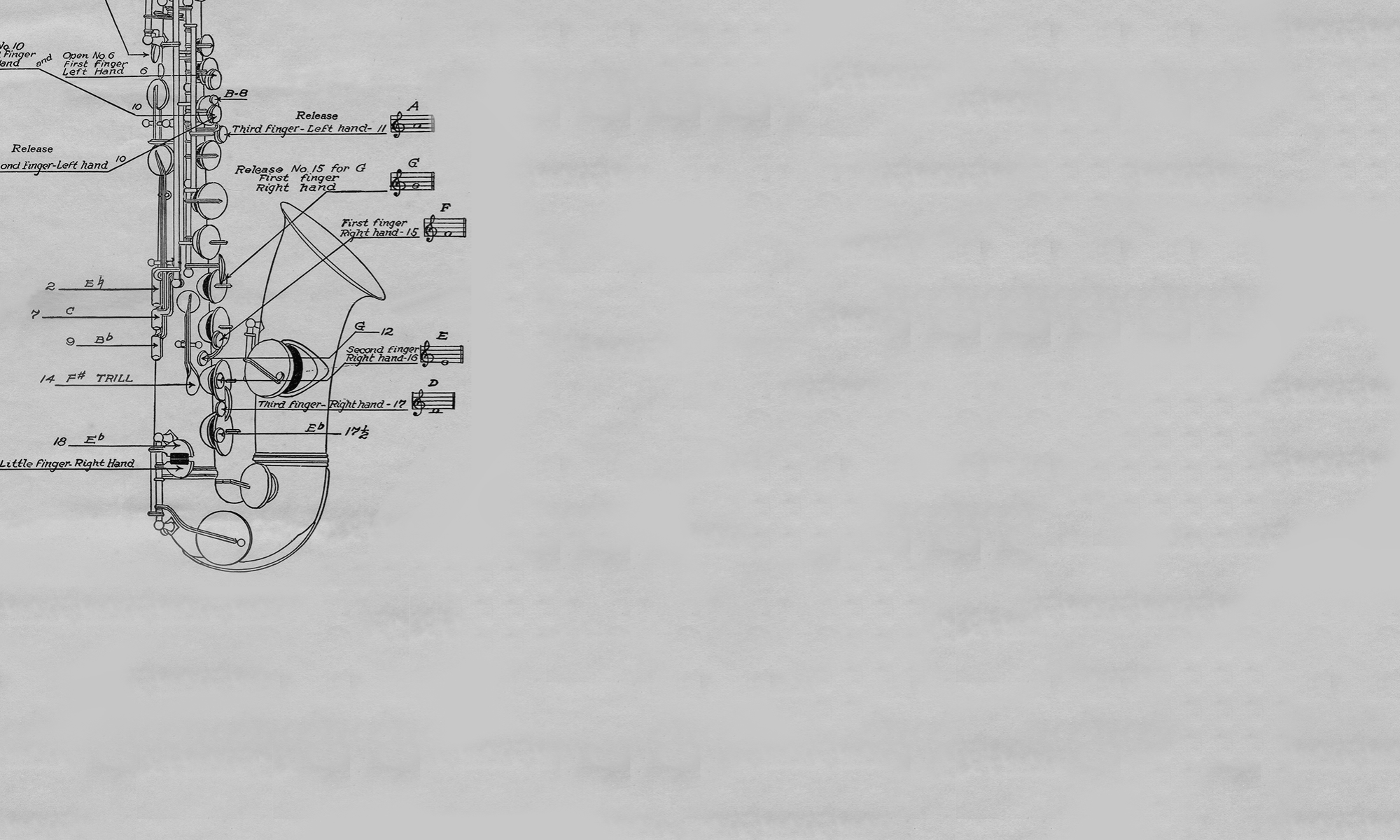This exhibit examines America’s complex social and cultural relationship with the saxophone during a period known as the “saxophone craze.” Prior to earning its place as a serious instrument among jazz and orchestral musicians, the saxophone was treated as a clown’s horn, a novelty act by various saxophone ensembles, virtuoso performers, and recording companies. During this period, ensembles like the Brown Brothers helped popularize the instrument while embracing this clown mystique by performing popular ragtime works and dressing as clowns during their performances. Despite appearing as a musical clowns, the repertoire that these ensembles played required serious technical and musical skill. Music instrument manufacturers of the time designed their saxophones around the needs of these top performers, but capitalized on the growing popularity of the instrument among amateur musicians. These manufacturers also took the opportunity to improve Sax’s imperfect instrument, adding new keys and improving their methods of construction. This exhibit highlights the saxophone’s imperfect musical beginnings and the musicians’ performances that made it a truly unique instrument.
